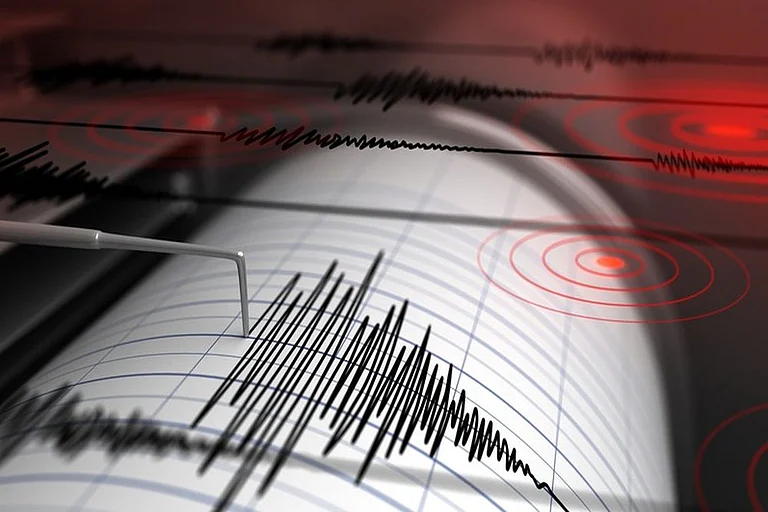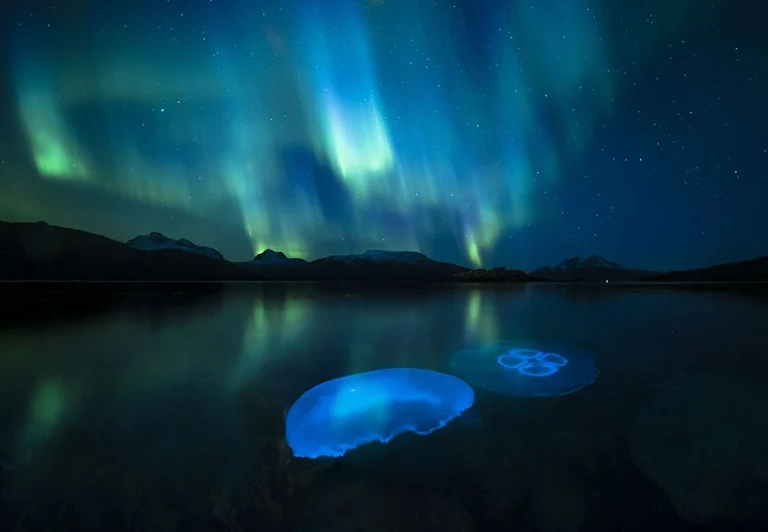The northern lights are expected to light up the skies over parts of the northern United States this week due to a recent surge in solar activity, federal space weather forecasters announced Monday.
The National Oceanic and Atmospheric Administration's (NOAA) Space Weather Prediction Center has issued a G3 or "strong" geomagnetic storm watch for Tuesday.
If the anticipated G3 conditions are reached, the auroras could be visible across the far northern US on both Monday and Tuesday nights, according to Space.com. Past geomagnetic storms of this level have made the auroras visible as far south as Illinois and Oregon.
In comparison, the geomagnetic storm on May 10, which allowed the auroras to be seen across a broad swath of the US, was rated a G5—the most extreme level—and brought the northern lights to all 50 states.
The aurora borealis, commonly called northern lights, are stunning ribbons of light that grace the skies over Earth's northern or southern polar regions.
According to NASA, these displays are caused by geomagnetic storms resulting from solar activity, such as solar flares or coronal mass ejections. The solar wind carries energetic charged particles from these solar events toward Earth at speeds of 45 million mph. These particles are then redirected to the poles by Earth's magnetic field, creating the auroras.
During major geomagnetic storms, the auroras expand away from the poles and can be seen over parts of the United States, NOAA reports.
The recent surge in solar activity is attributed to the sun nearing the peak of its solar cycle. Solar cycles, which track the activity levels of the sun, are traditionally measured by the rise and fall in the number of sunspots. This cycle also sees increases in solar flares, coronal mass ejections, radio emissions, and other forms of space weather.
The sun's 11-year solar cycle involves a regular change in sunspot activity, peaking every 11 years. These sunspots produce solar flares and coronal mass ejections, leading to the geomagnetic storms on Earth that creates the auroras.
"We are entering the peak of Solar Cycle 25," Erica Grow Cei, a spokesperson for the National Weather Service, recently told USA TODAY. This period of heightened solar activity is expected to last into the first half of 2025, providing more opportunities for witnessing the auroras over the next year.







.png?auto=format%2Ccompress&fit=max&format=webp&w=768&dpr=1.0)


















